Taste-test 3 grades of Yellow Tea in one box!
Huo Shan Yellow Tea Selection
Yellow Tea is a rare and exquisite tea that is highly sought after for its unique processing method – Smothering (Meng Huang). From bud tea to small and large leaf tea, this Yellow tea tasting box showcases three unique grades of yellow tea – Huang Ya Cha (Yellow Buds Tea), Huang Xiao Cha (Small Yellow Tea), and Huang Da Cha (Big Yellow Tea), aiming to share the full spectrum of what different grades of yellow tea can be.
The tea included in the box is very limited from Jin Ji Mountain of Huo Shan, which is a unique and rare opportunity to experience the finest varieties of yellow tea. By trying each grade of tea, you will learn about the differences in tea materials, the making process, and the taste and flavor profile of each grade of yellow tea.

What’s inside the tasting box?
Three grades of yellow tea is curated inside the box, 9 sampler packs is included (4g x 3 for each tea)
1. Yellow Tea Buds
- 2023 Huo Shan Huang Ya (霍山黄芽)
2. Small Yellow Tea
- 2022 Huo Shan Huang Xiao Cha (霍山黄小茶)
3. Big Yellow Tea
- 2022 Huo Shan Huang Da Cha (霍山黄大茶)

Three Grades of yellow tea

Yellow tea is generally classified into three grades, which are based on the quality of the tea leaves used to make the tea. These grades are: Yellow Tea Buds (Huang Ya), Small Yellow Tea (Huang Xiao Cha) and Big Yellow Tea (Huang Da Cha).
The picking standard determines the grades:
- Yellow Tea Buds (Huang Ya): one bud one leaf
- Small Yellow Tea (Huang Xiao Cha): one bud one to two leaves
- Big Yellow Tea (Huang Da Cha): one bud four to five leaves
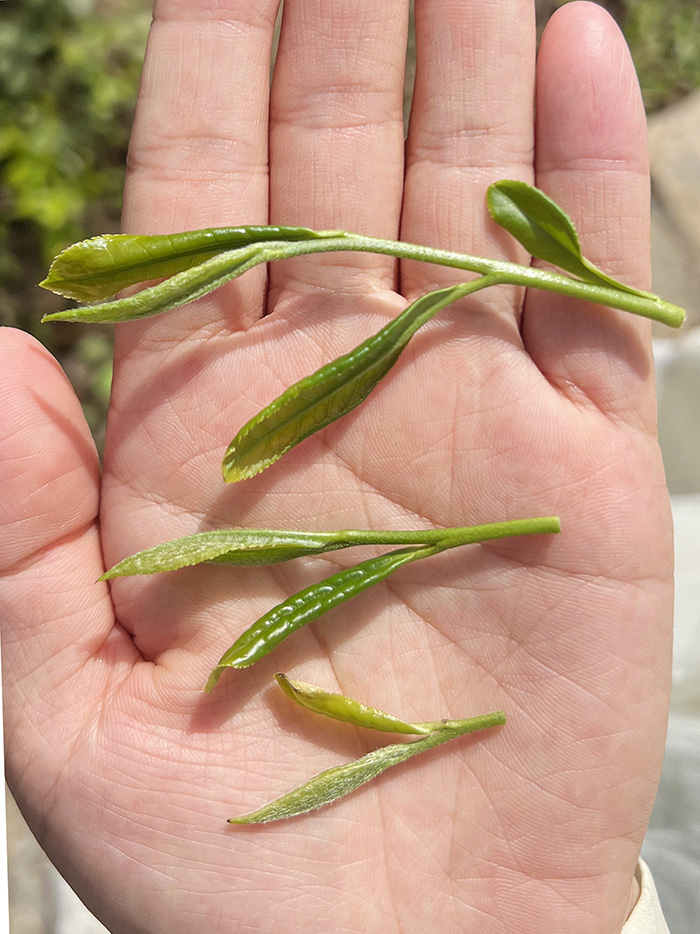
Huo Shan Huang Ya (Yellow Tea Buds)
“combines the freshness of green tea with the unique sweetness and nuttiness of yellow tea”
This grade of yellow tea is made from the young and tender buds of the tea plant and is considered the highest grade of yellow tea. Its needle-like shaped tea buds are covered in a delicate layer of fine pekoe, like a sparrow’s tongue. Huo Shan Huang Ya offers a delicate and nuanced flavor profile. It is known for its elegant and subtle sweetness, accompanied by a smooth and mellow character. The tea imparts a harmonious blend of floral notes, with hints of orchid and subtle chestnut hint.
- Picking standard: one bud one leaf
- Flavour: sweet, smooth and well-rounded, umami, floral and chestnut notes
- Dry leaves appearance: small and needle shape, like a sparrow’s tongue, with apparent white pekoe, yellow-green in colour
- Tea liquor: clear and yellow-green colour
- Processing: (1) Harvesting, (2) Withering, (3) Kill-green and shaping (4) Baking, and Smothering for several times repeatedly
Huang Xiao Cha (Small Yellow Tea)
“The tea taste like the sweet corn, it is mild, fresh and mellow”
This grade of yellow tea is made from smaller and more delicate tea leaves. Picking one bud and one to two leaves, the tea leaves is small. It has a delicate and floral taste with a hint of chestnut and sweet corn. As the middle grade of yellow tea, It is typically more subtle in flavor than Huang Da Cha, and at the same time more mellow than yellow buds tea. Because of its complex production process and high requirement for the tea making process, the annual output is very limited, and is the lowest among three grades of yellow tea. Only local farmers make a little for self-drinking and sell in very small batch and is basically very rare to be found in the market.
- Picking standard: one bud one to two leaves
- Flavour: mellow, delicate and fragrant, floral, hint of chestnut and sweet corn
- Dry leaves appearance: small and slightly curled leaves, with some white pekoe in between, yellow-green in colour
- Tea liquor: clear and light yellow colour
- Processing: (1) Harvesting, (2) Withering, (3) Kill-green, (4) Rolling, (5) Baking, and Smothering for five times repeatedly
Huo Shan Huang Da Cha (Big Yellow Tea)
“The heavy roasted tea is known as ‘the coffee of tea’ – is characterised by its mature leaves and the inclusion of stalks”
This grade of yellow tea is made from mature and larger tea leaves than those used for other grades of yellow tea. Unlike other teas that prioritize fine leaves and buds, it deliberately includes larger leaves and stalks to create a robust and full-bodied character. Its plucking standard is one buds and four to five leaves, with large leaves and stalks, and a general length of 10 to 15 cm, which gives the tea a stronger flavor and aroma and has a slightly smoky and roasted flavor with a sweet aftertaste, it is typically more robust in flavor than other grades of yellow tea.
- Picking standard: one bud four to five leaves
- Tasting profile: strong aroma, nutty, toasty and roasted flavor, burnt sugar, caramel, rice crust aroma, roasted popped rice
- Dry leaves appearance: big and fat leaves with long and strong stalk, yellow-brown in colour
- Tea liquor: clear and yellow orange colour
- Processing: (1) Harvesting, (2) Withering, (3) Kill-green, (4) Rolling, (5) Baking, and Smothering for several times repeatedly (6) La Lao Huo 拉老火: it is translated as “Baking over the old fire”, it is the last step of baking, using high temperature to give the tea unique aroma and taste.

Limited batch sourced exclusively from Huo Shan
To ensure the utmost precision and authenticity in comparing the three grades of yellow tea, we source all our teas from a single origin: the renowned yellow tea producing mountain – Jin Ji Shan of the Huo Shan region, which is located in Da Hua Ping town, right next to the White Horse Tip (the main peak of Da Bie Mountain). Huo Shan, is a famous yellow tea producing area since Tang Dynasty, and Jin Ji Shan is one of the most famous tea mountains of Huo Shan, which is known for producing high-quality yellow tea.
During our springtime expedition to explore the production of yellow tea, we were fortunate enough to visit the breathtaking Jin Ji Shan. You can see more about our latest travel blog: Exploring Jin Ji Mountain’s Huo Shan Yellow Tea (click here).
The growing environment of Jin Ji Shan is characterized by a high altitude, cool climate, and a unique type of soil, which gives the tea its distinctive flavor and aroma. We’ve sum up some facts and statistics about the mountain:
- The mountain is neither too high nor too low, which is more than 700m above sea level, which is very suitable for the growth of tea tree.
- It is also rich in light resources, it has 1881 hours of sunshine annually
- The average monthly temperature is below 25 degrees Celsius
- Annual precipitation is more than 1800 mm, with an average annual relative humidity of 78%.
- The foreast coverage rate on Jin Ji Mountain is as high as 80%, provide natural organic fertilizer for tea plantations.
All of these factors are very beneficial to the accumulation of amino acids and aromatic substances in the tea tree and the tea produced in Jin Ji Shan is known for its exceptional quality and is considered one of the finest varieties of yellow tea.
The unique making process of yellow tea
Yellow tea is crafted through a meticulous process that sets it apart from other types of tea. While the specific making process may vary depending on the grade and style of yellow tea, there are fundamental steps that generally define the production of yellow tea:
- Harvesting: The first step in making yellow tea is harvesting the tea leaves.
- Withering: The freshly picked tea leaves are spread out in a thin layer and left to wither for a few hours. This process removes excess moisture from the leaves and prepares them for the next step.
- Fixation/ Kill-Green: The withered tea leaves are then placed in a hot wok or pan and quickly heated to stop the oxidation process. This step is known as fixation or “kill-green,” and it helps to preserve the natural flavors and aromas of the tea.
- Rolling: The fixed tea leaves are then rolled or shaped into long, thin strips or pellets. This helps to break down the cell walls of the leaves and release the natural oils and flavors.
- Smothering/ Meng Huang: The rolled tea leaves are then wrapped in a damp cloth or paper and left to “smother” for a few hours. This step allows for a slow and controlled oxidation process, which gives yellow tea its unique flavor and aroma.
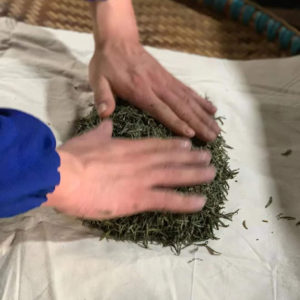

- Baking and drying: For the final step, the tea is roasted to lift the aroma and flavour. The smothered and roasted tea leaves are then dried in a warm and well-ventilated area until they are completely dry. This step helps to remove any remaining moisture from the leaves and preserve their freshness.
The role of oxidation in the making step of smothering
Oxidation, specifically facilitated by the smothering (Meng Huang) step, is a fundamental aspect of yellow tea production. It contributes significantly to the development of the unique characteristics of yellow tea, including its yellow color, distinctive flavor profile, and aromatic qualities.
Yellow tea typically undergoes a light/ moderate level of oxidation, which sets it apart from other types of tea. The oxidation level of yellow tea can vary, but it generally falls within the range of 10-20%. Compared to green tea, which undergoes minimal oxidation (0-10%), and black tea, which undergoes higher levels of oxidation (around 100%), yellow tea can be considered a “light oxidation” tea.
The oxidation level of yellow tea is closely related to the smothering step in its production process. During the smothering step, the tea leaves are wrapped in cloth or paper, which creates a semi-anaerobic (low-oxygen) environment. This controlled environment allows for a gradual oxidation process to occur within the tea leaves. Under the action of humidity and heat, chlorophyll is destructed; polyphenols compounds and other substances are transformed due to partial oxidation. This process gives the tea its characteristic yellow color, as well as enhances the natural sweetness and aroma of the tea, while also reducing bitterness and astringency. It contributes to the mellow and slightly sweet taste that sets yellow tea apart from green tea, while still maintaining a lighter oxidation level compared to black tea.
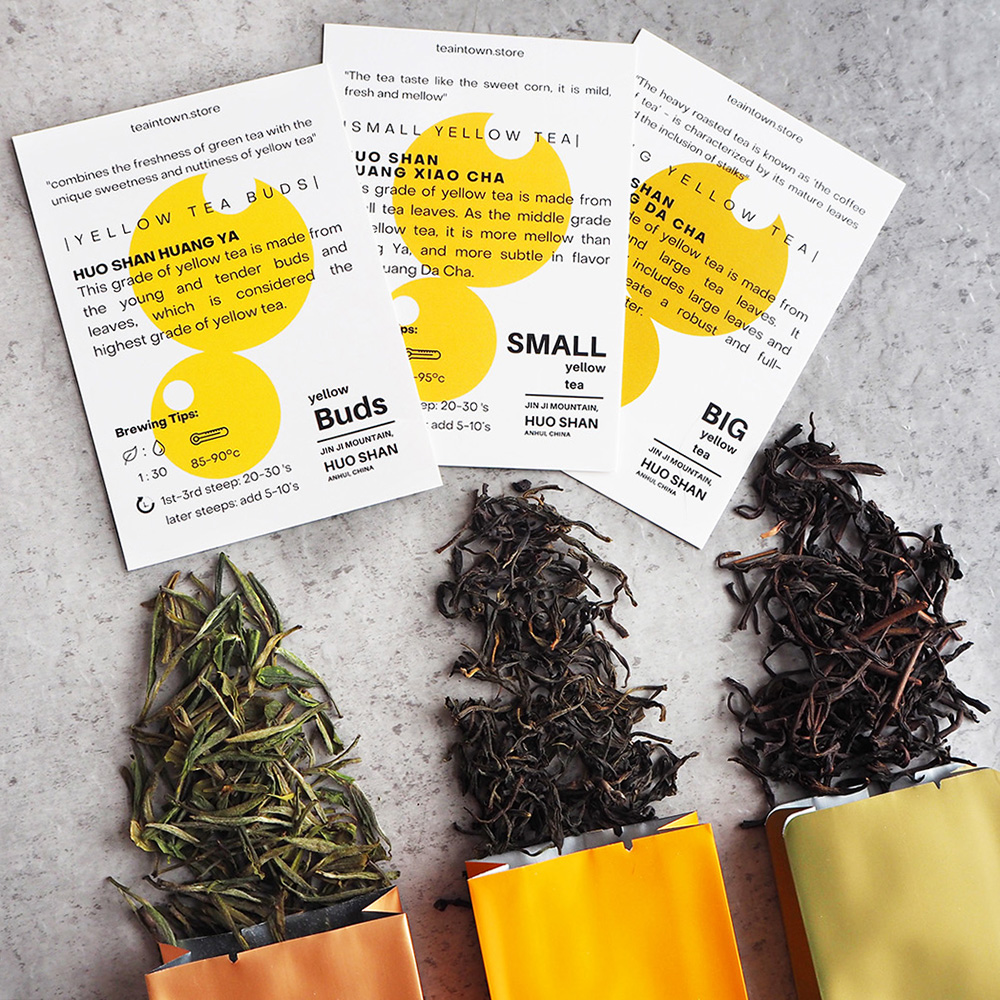
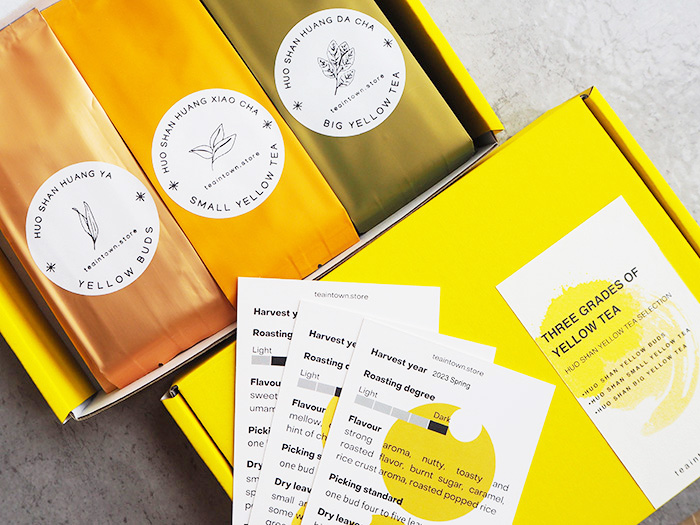
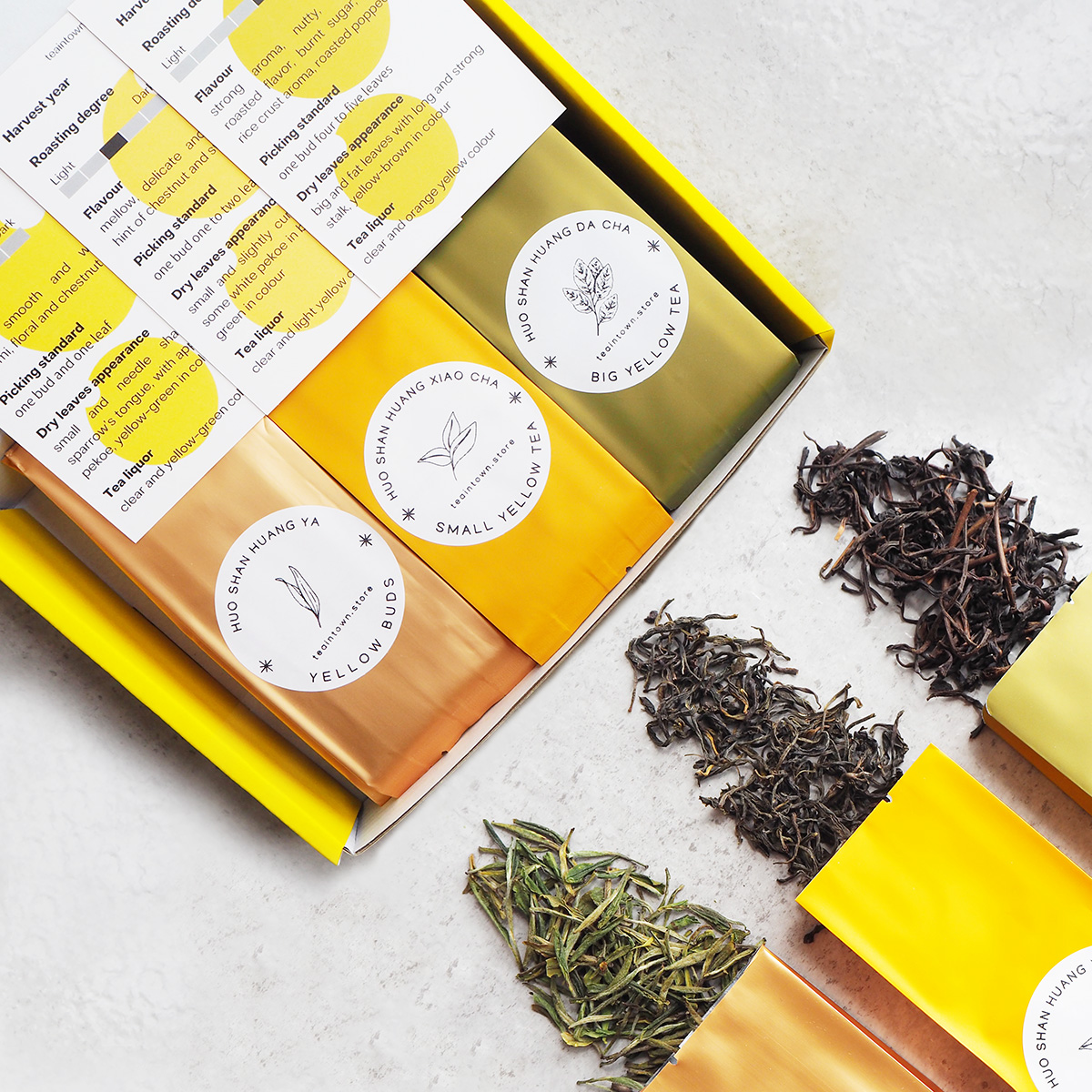



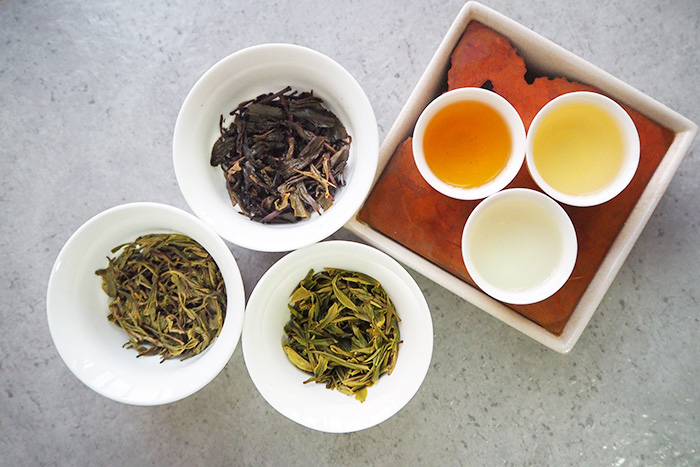


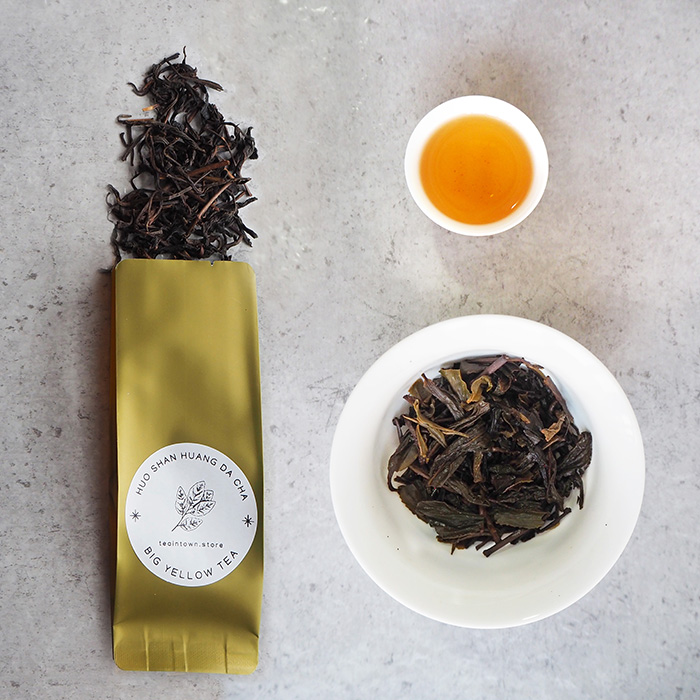
 If you purchase this product you will earn
If you purchase this product you will earn 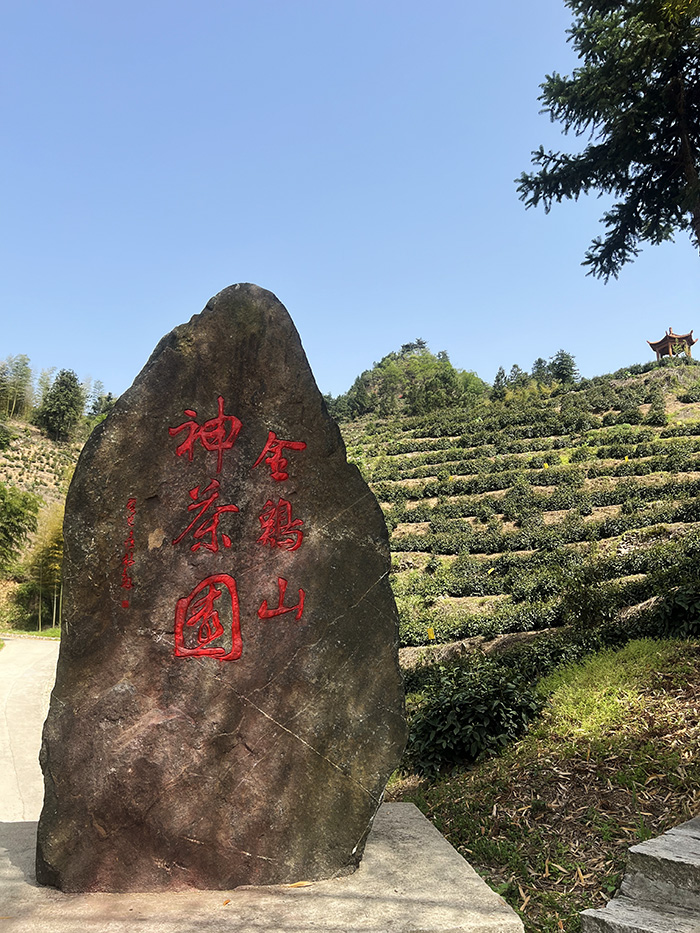
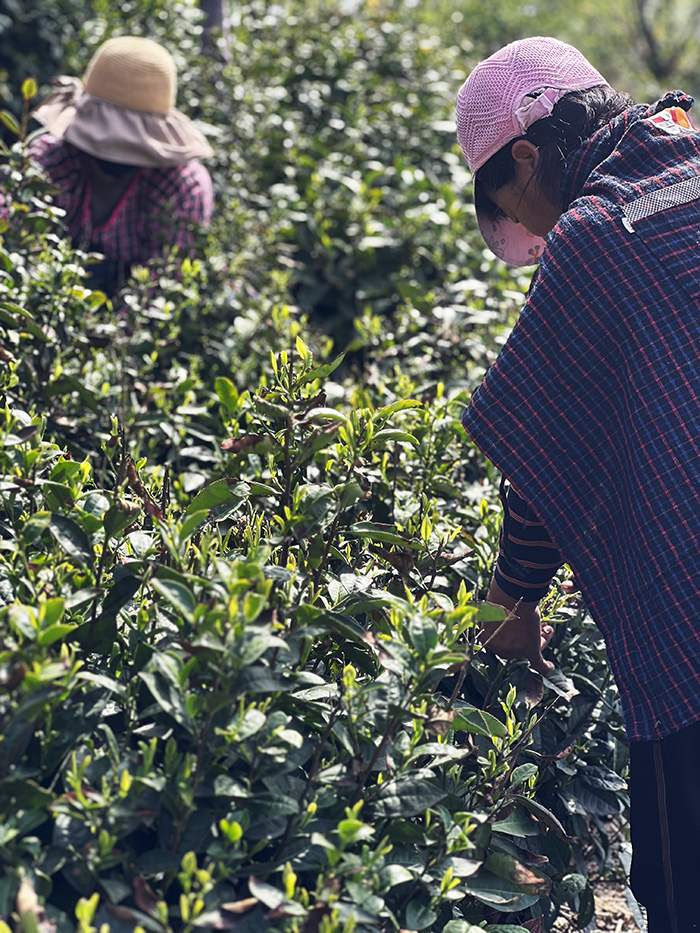
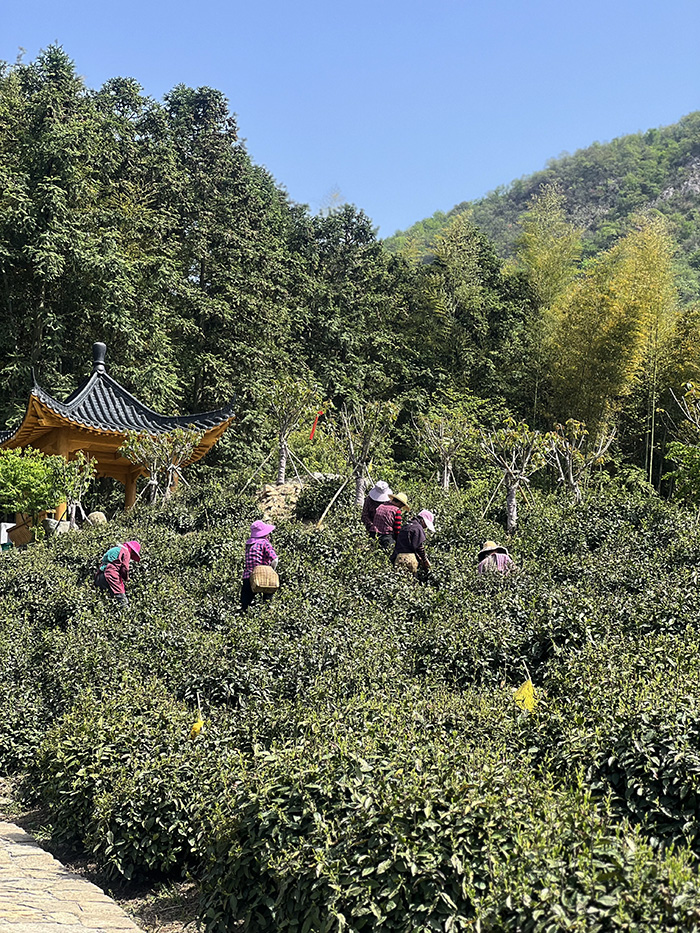
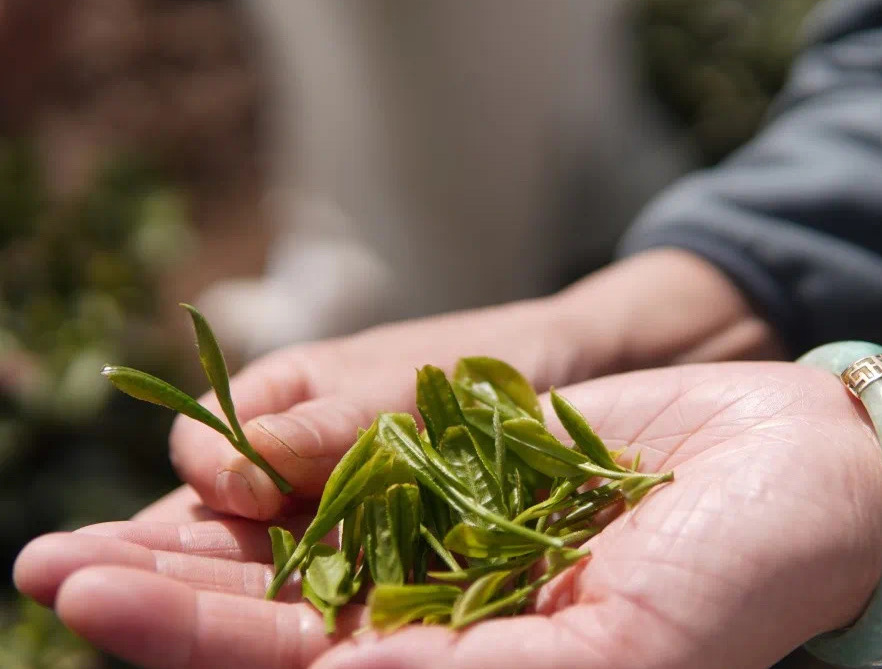

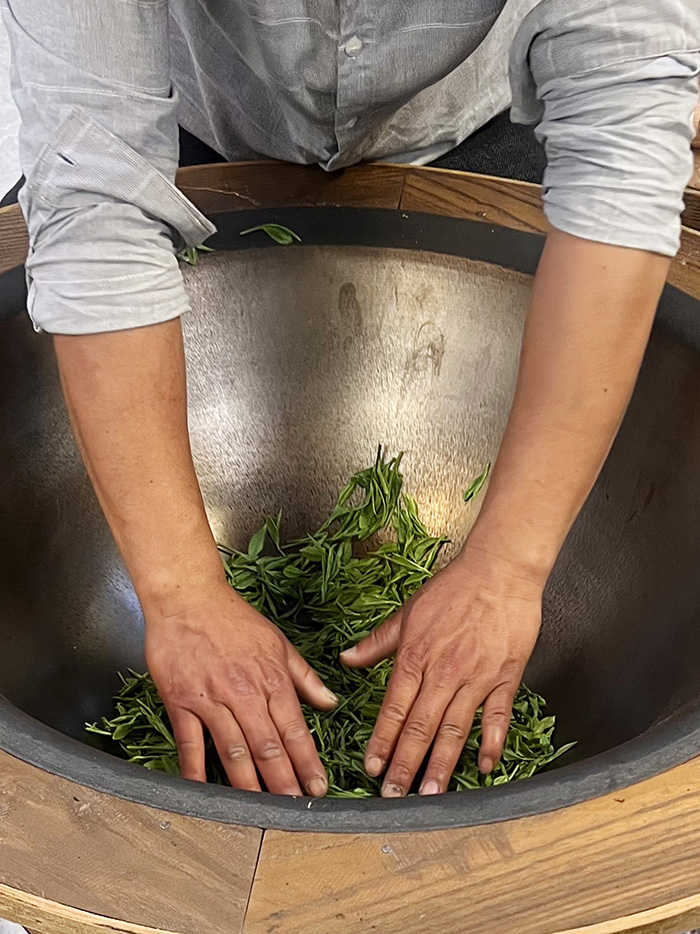



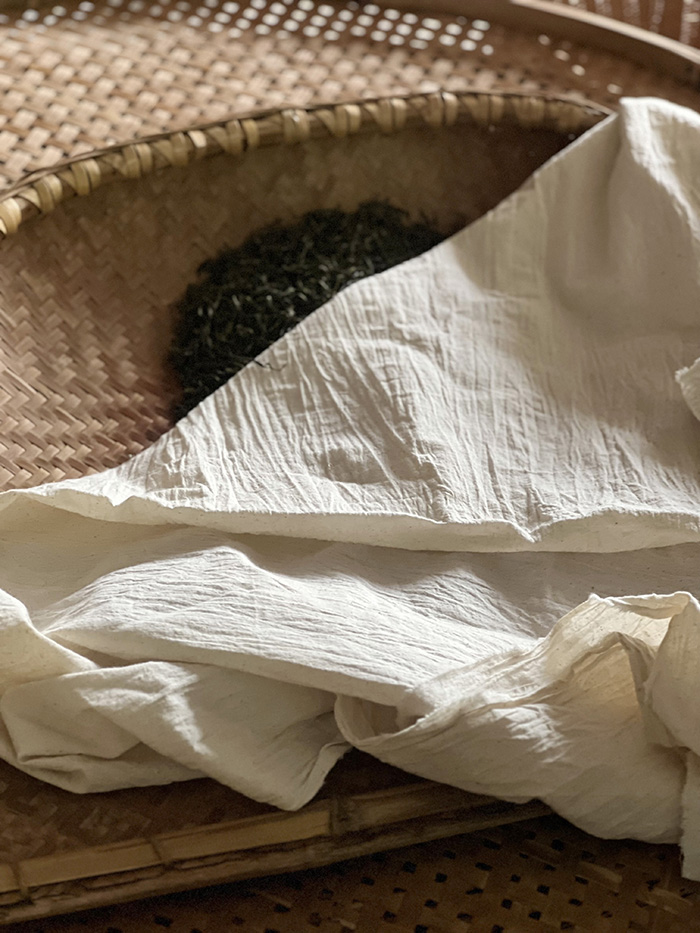

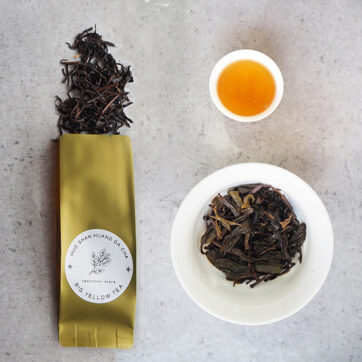
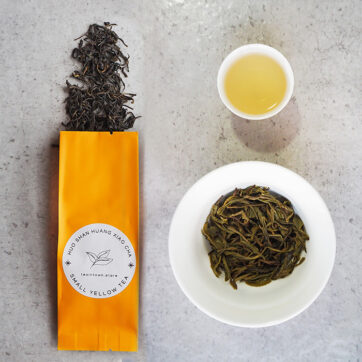
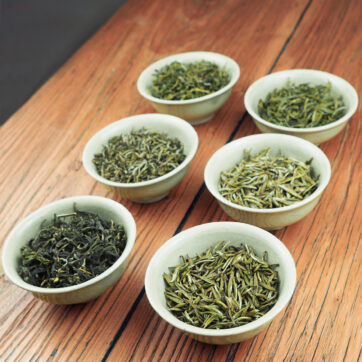
![[Pre-Sale 10% off] 2025 Huo Shan Huang Ya Yellow Tea](https://teaintown.store/wp-content/uploads/2025/04/5dbf36de-ac5f-4df5-aa5f-84cf89731d7b-1-362x362.jpg)
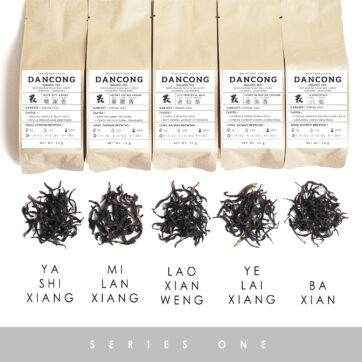
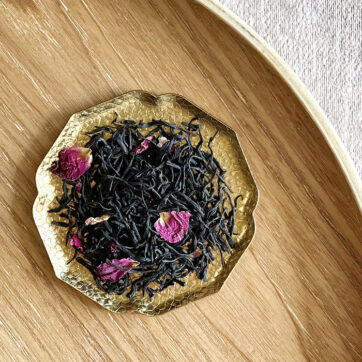
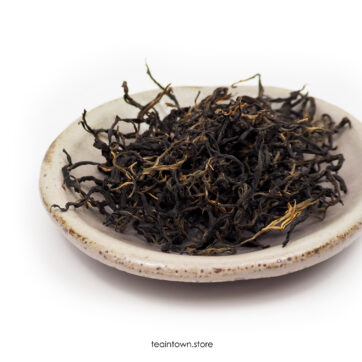
![[Available Now - 10% off] 2025 Premium Silver Needle Fuding White Tea](https://teaintown.store/wp-content/uploads/2025/04/78fbfdd8-18e4-4479-bd6d-4339be00ab15-1-362x362.jpg)